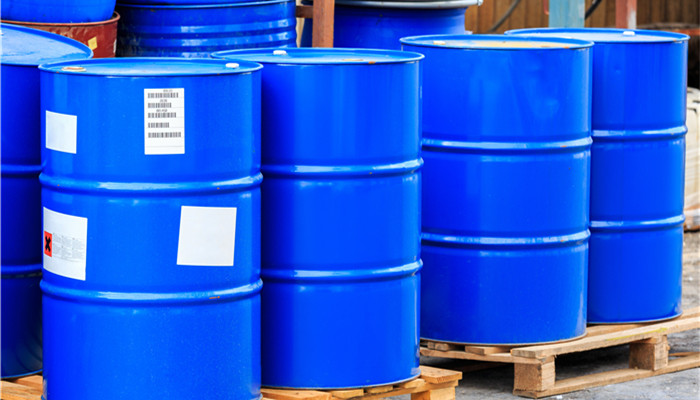
Potassium sodium tartrate has wide downstream uses and weak industry profitability
Potassium sodium tartrate, also known as Rochelle salt, has a chemical formula of NaKC4H4O6. It is an organic substance with a colorless to blue-white crystal appearance and a salty taste. The melting point of potassium sodium tartrate is 75°C. It begins to lose crystal water at 60°C and loses all crystal water at 215°C. It is soluble in water, and its solubility increases with increasing temperature. The aqueous solution is alkaline and insoluble in alcohol; it can be mixed with a variety of Metal ions are complexed in alkaline solutions.
The preparation methods of potassium sodium tartrate mainly include: using tartaric acid, potassium hydroxide, and sodium hydroxide as raw materials, and heating to carry out a neutralization reaction; using tartaric acid, potassium carbonate, and sodium carbonate as raw materials, and heating to carry out a reaction; using wine brewing The by-product tartar is used as raw material, and sodium carbonate/sodium hydroxide is added for neutralization reaction. Potassium sodium tartrate mainly includes D-type potassium sodium tartrate and DL-type potassium sodium tartrate, among which D-type potassium sodium tartrate is more transparent.
According to the “In-depth Market Research and Investment Strategy Suggestions Report on Potassium and Sodium Tartrate Industry 2021-2025” released by the Industrial Research Center, tartaric acid Potassium and sodium have a wide range of uses downstream. They can be used in the pharmaceutical field as laxatives and reducing sugar testing reagents; in the food processing field as additives and baking powder; in the field of electronic components as piezoelectric crystals; and in the electroplating industry. , used as a complexing agent for copper and copper compounds; can be used in the chemical industry as a natural gas desulfurizer and ADA desulfurizer in the fertilizer industry; can be used as an analytical reagent to shield metal ions and biochemical testing of serum proteins; in addition, it can also be used In printing, mirror making, glass and other manufacturing fields.
In the overseas market, the main manufacturers of potassium and sodium tartrate include BeanTown Chemical, HACH, Merck, etc.; in the domestic market, the main manufacturers of potassium and sodium tartrate include Henan Tianfu Chemical Co., Ltd., Hebei Guanlang Biotechnology Co., Ltd., Shanghai Jinjinle Industrial Co., Ltd., etc.
Potassium sodium tartrate can be used as piezoelectric crystals. Piezoelectric crystals are in high demand in the field of filters, and SAW filters are an important downstream market. The strength of my country’s SAW filter industry is constantly increasing. Against the background of the epidemic and trade frictions, the risk of imported SAW filters has increased. The share of domestic SAW filters in the domestic market is expected to continue to increase, which is good for the development of my country’s piezoelectric crystal industry. However, SAW filters mainly use lithium niobate and lithium carbonate as piezoelectric crystal materials. Although potassium sodium tartrate has a large market space, it is not competitive enough.
Industry analysts said that potassium sodium tartrate has a wide range of downstream uses and is in demand in the fields of medicine, food, chemicals, electronics and other fields. However, Potassium sodium tartrate has a low technical content. There are a large number of production companies in my country. Most of them are small in scale. The product market sales price is low. The market demand for some application fields such as piezoelectric crystals is growing rapidly. However, compared with other products, potassium sodium tartrate less competitive. Overall, my country’s potassium sodium tartrate industry has weak profitability.

 微信扫一扫打赏
微信扫一扫打赏

